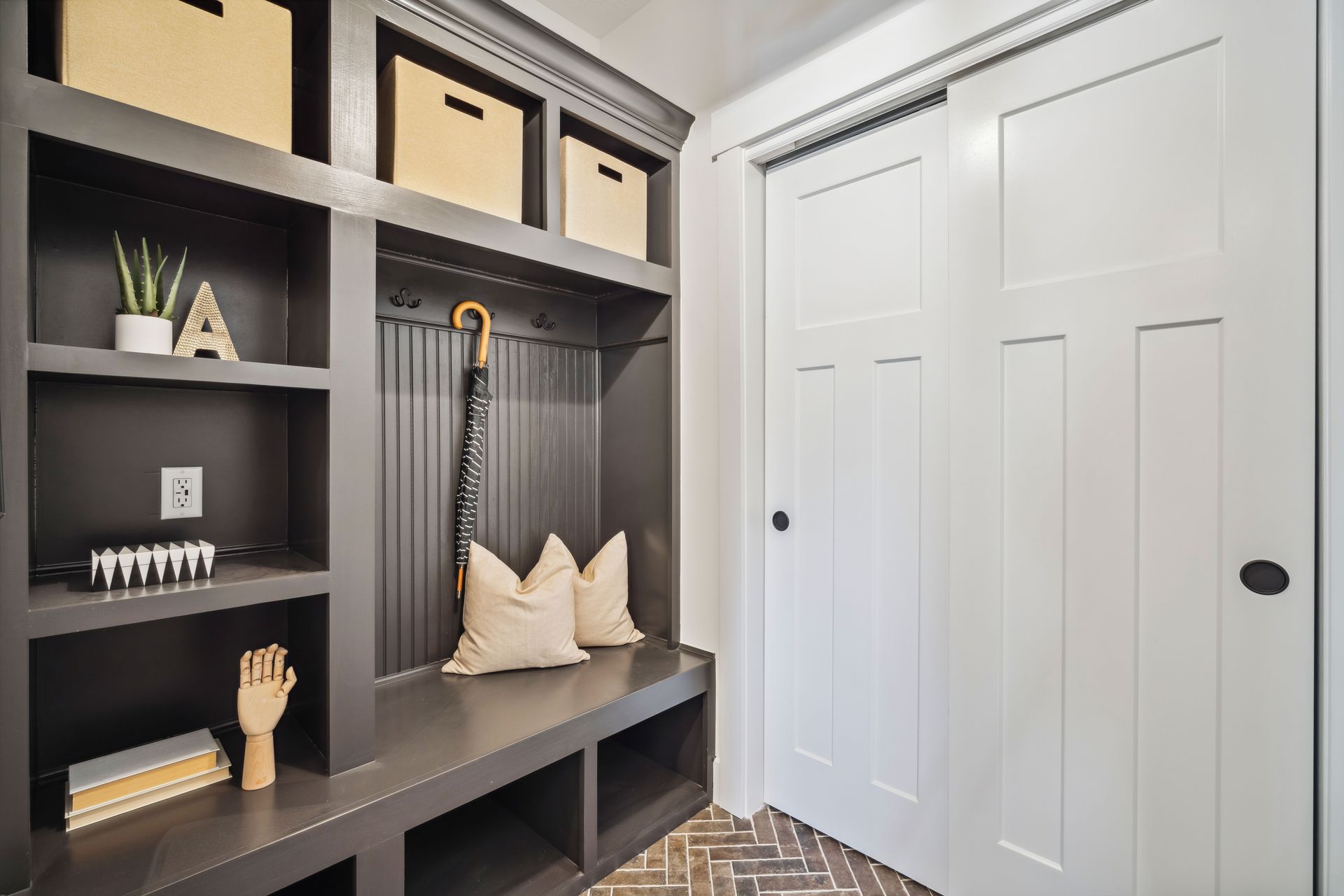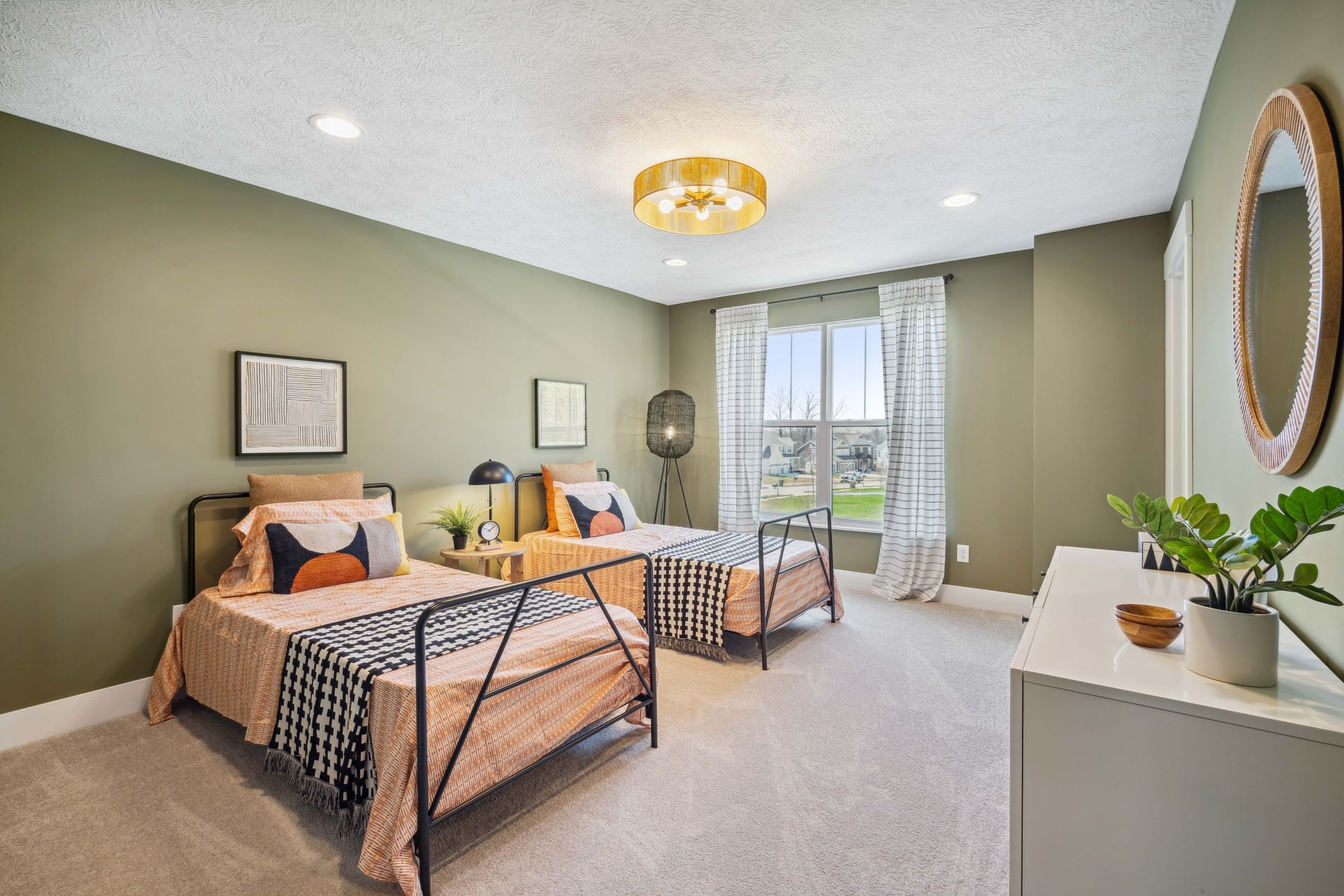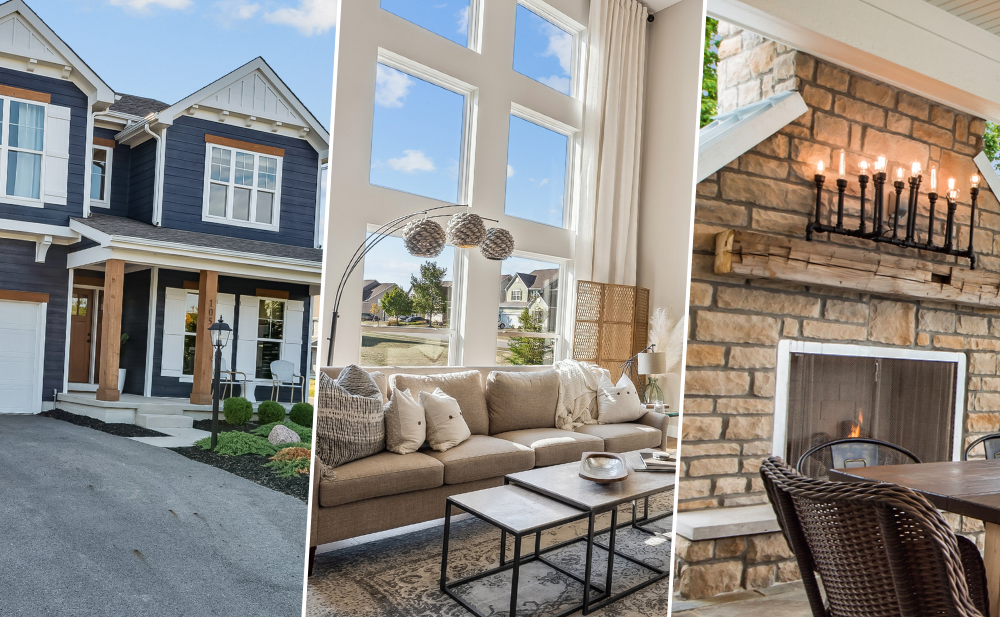Building Spaces that Best Fit Your Family
Building a home is about more than just choosing the right finishes and fixtures; it’s about designing spaces that work for your family currently – and in the future. Whether you’re welcoming a newborn, managing the chaos of the back-to-school season, or preparing for an empty nest, the right spaces can make all the difference. When building your custom home with Trinity Homes, consider incorporating the following amenities to ensure it adapts as your family grows.
1. The Mudroom: Anyone with kids (and pets) knows that life can get messy – fast. That’s where the mudroom comes in, helping to organize some of the chaos. This room is more than an area to dump shoes and backpacks though, it’s a space designed to keep your home organized and your sanity intact. Whether it’s adding a drop zone for keys and mail, cubbies for shoes, or a pet washing station (because muddy paws are a real thing), we love customizing this functional area to fit your family’s routine. To inspire you, here’s even more ideas to personalize your home’s mudroom:
- Lockers or cubbies to keep each family member’s gear in check
- Hooks for everything from coats to leashes
- Bench seating with storage underneath
- A small utility sink for rinsing off dirty hands, shoes, or even rinsing out paintbrushes or gardening tools.

2. Dedicated Recreation Room: Kids and pets have a way of spreading their toys all over the house, and a dedicated recreation space can help keep things in check. Plus, a playroom filled with toys and soft mats today can easily transform into a space for video games, homework, or even a home theater in the future. At Trinity Homes, we design these spaces with flexibility in mind, using open layouts and smart storage solutions so your recreation space can evolve with your family’s changing needs.

3. A Flexible Living Space: Having space that easily adapts to your family’s changing needs is a smart choice. You might convert a child’s bedroom into a guest room as they grow up or turn it into a hobby space or study. A flexible living space ensures your home evolves with you, meeting new needs without missing a beat.

4. Include Storage Solutions: Storage is often an overlooked aspect of home design, but it’s crucial for a family home. From the nursery to the mudroom, every space benefits from thoughtful storage solutions. Here’s a few examples of how you can make the most of your space without skimping on storage:
- Custom closets in bedrooms and entryways to maximize space
- Built-in cabinetry in recreation spaces and living areas for toys, books, and electronics
- Under-stair storage for seasonal items, shoes, and other essentials
- Garage storage systems to keep sports equipment and tools organized

At Trinity Homes, we’re not just building houses—we’re creating homes that grow with your family. Whatever stage of life you’re in, your Trinity Home will be there, ready to adapt and evolve as your family does.
Whether you’re just starting out or looking ahead to the next chapter, contact us to build a home that’s as unique as your family.








Contact Information
Subscribe to our news
Contact Us
We will get back to you as soon as possible.
Please try again later.
Trinity Homes | All Rights Reserved | Prices Are Subject To Change Without Notice | Exterior Products and Detail May Vary







